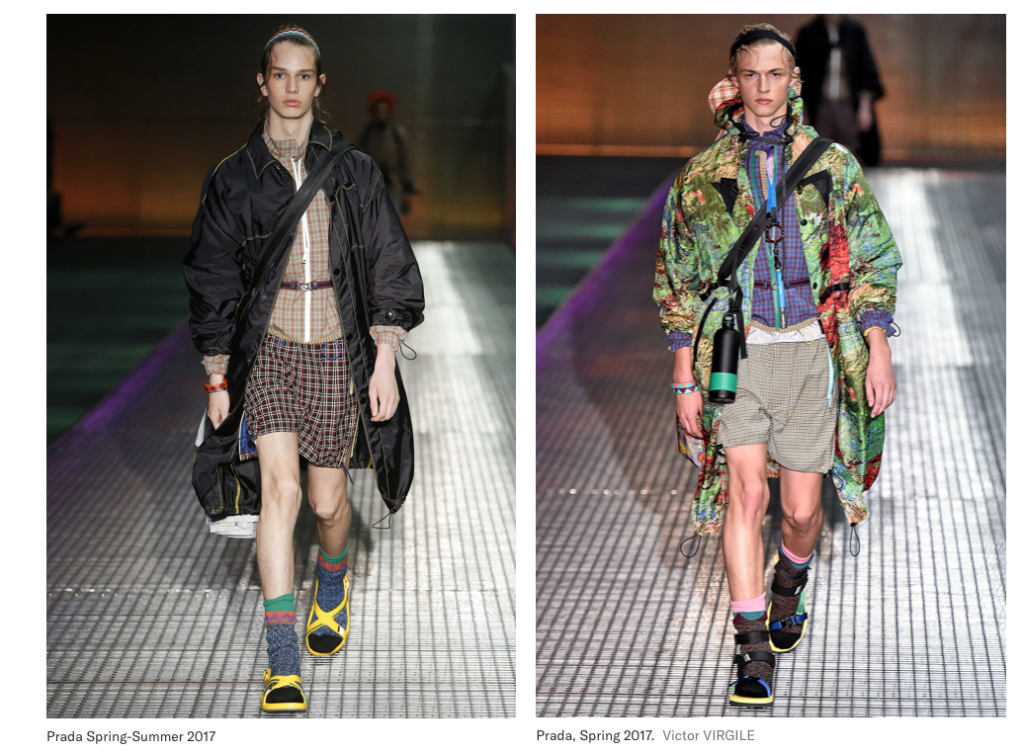Fast Fashion Has No Place in a Leave No Trace Culture
SustainabilityOver the past couple of decades, outdoor adventure enthusiasts have developed a growing obsession with speed — fastest climber (ascent/descent), fastest cyclist, fastest downhill skier or snowboarder, fastest BASE jumper. Fastest, fastest, fastest.
Whether you actively compete in one or more of these categories or prefer a less competitive approach to human-powered outdoor activities, you’re at risk of getting swept up in the accelerating pace of everything in the world outdoor adventure, including fashion. Specifically, fast fashion.

Yes, fast fashion and stylish outdoor gear is a thing, and it’s creeping into the world of technical outdoor apparel, threatening the values of the outdoor education and adventure programming community’s Leave No Trace (LNT) culture. It’s a trend we must resist, and dare I suggest, reverse.
What Is Fast Fashion?
Fast fashion is the mass production of inexpensive clothing, aggressively marketed and pushed out to consumers as quickly as possible to capitalize on ever-changing trends. Sometimes, a simple change in color, texture, or cut is enough to trigger a new trend. Wash, rinse, repeat.
Often, products that hit store shelves or online retailers appear well-made, with quality and longevity in mind. But when put to even the most basic tests, their flaws quickly become apparent. Since many consumers are willing to overlook poor quality in their pursuit of trendy, bargain-priced clothing, the cycle continues.
What most people don’t see are the hidden costs to the environment, to the workers making these products, and to the communities where they’re manufactured. According to the report Style That’s Sustainable: A New Fast-Fashion Formula (PDF): (more…)
TALK TO US
Have any further questions about our courses, what you’ll learn, or what else to expect? Contact us, we’re here to help!